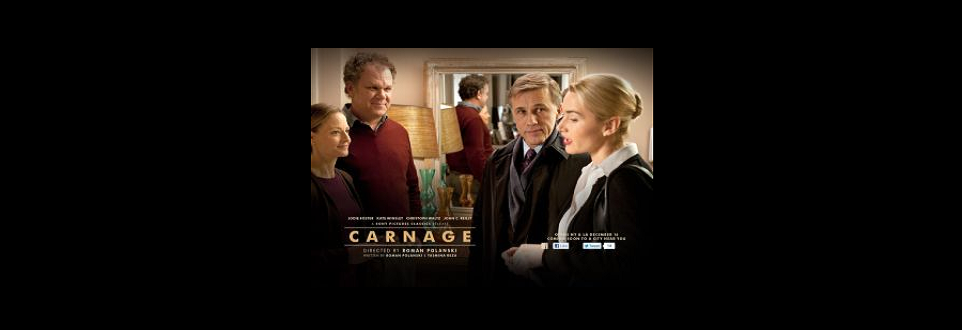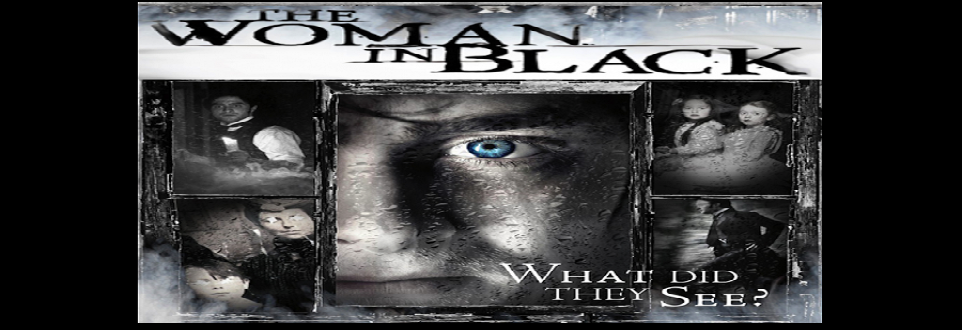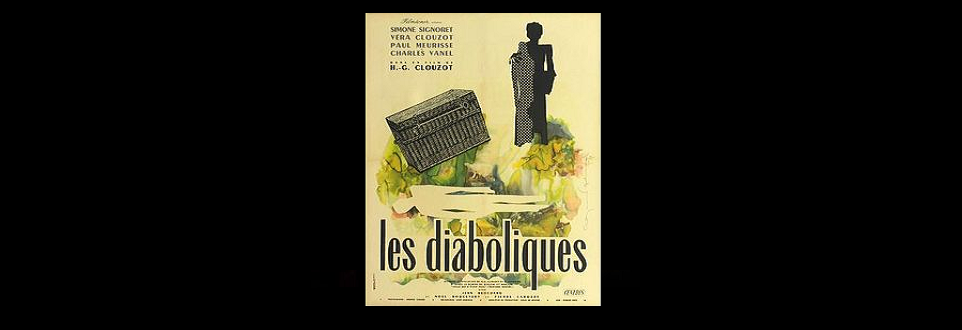Carnage is perhaps a hyperbole. The implied connotations may give you different expectations of this movie, and not all of them will be met. It’s remarkable how so much damage can be inflicted through mere words, and this film explores that, accompanied by a quartet of bitingly sharp performances from its leads.
Though the movie takes place in a Manhattan apartment, it was in actual fact filmed in Paris, due to Roman Polanski’s inability to step foot in the USA. This has never prevented him from working with the best actors available, and making some of the greatest films of the last 50 years. Though his magnum opus remains Chinatown, made almost 40 years ago now, his work is as relevant today as it was back then.
The movie is a screen adaptation of Yasmina Reza’s play ‘God Of Carnage’. This is evident in the way Polanksi has bizarrely made use of space and time. With the exception of the opening and closing credits, the movie doesn’t stray from the apartment of Mr and Mrs Longstreet (John C. Reilly and Jodie Foster). Reluctantly joining them is upper-class couple, Mr and Mrs Cowan (Christophe Waltz and Kate Winslet). The reason for their occupying the same space is their children. Zachary, belonging to the Cowan’s, has smashed Ethan, belong to the Longstreet’s, around the face with a stick. The conversation flows politely in its early exchanges, a brief moment of silence here and there, or whenever Alan (Waltz) is ‘forced’ to remove himself and answer his incessantly-ringing cellphone.
The power here is how it develops. We open with a shady state of equilibrium; a state that has to smoothly cross into the realms of the eponymous carnage. This is orchestrated with masterful work from Polanski, giving his actors just that little bit extra to work with, deftly timing each event that takes place to occur precisely when it needs to. The running time of the movie is just over an hour, as is the on-screen narrative.
It’s a character study of considerable depth; at first, each of them displays signs of accustomed social conventions. Nancy (Winslet) feels inclined to enquire about the apartment she finds herself in, as well as the different displays of culture which Penelope (Foster) has laid out, primarily on her luxurious coffee table. Alan and Michael (C. Reilly) discuss their jobs, picking apart each other’s livelihood through polite, yet slightly strained dialogue, which is to lead someplace darker.
Bit by bit, shot by shot, Polanksi manipulates happenings to his will, sparks begin to fly, and tempers begin to flare. Put together by their children’s childish behaviour, the four parents exhibit their own infantine dispositions by hurling verbal put-downs at each other. They belittle, they snarl, they vomit, they drink, they scoff, they drink more, they sob, they turn on their own spouses, they drink even more, they smoke. It doesn’t ever reach what I would call ‘carnage’, but it certainly inhabits a space nearby.
As you’d expect, the script is solid enough to keep an audience satisfied for 70minutes, but the four actors, Winslet and Foster in particular, exude unmatched ability in being able to distort themselves over and over again, finely treading, but never crossing, the line between radical depiction and parody. They are all cynics, expecting next to nothing from their opponents; they won’t budge on their opinions, and a considerable amount of care is put into the way they act within the different circumstances Polanksi throws their way. It’s a refreshingly honest piece of work, but not funny enough to be considered comedy. It’s a movie worth watching, but don’t expect to be enlightened, amused, or entertained. This is a movie about character; it’s peculiar and comes off with an odd taste, but it’s impeccably acted, and masterfully directed.


